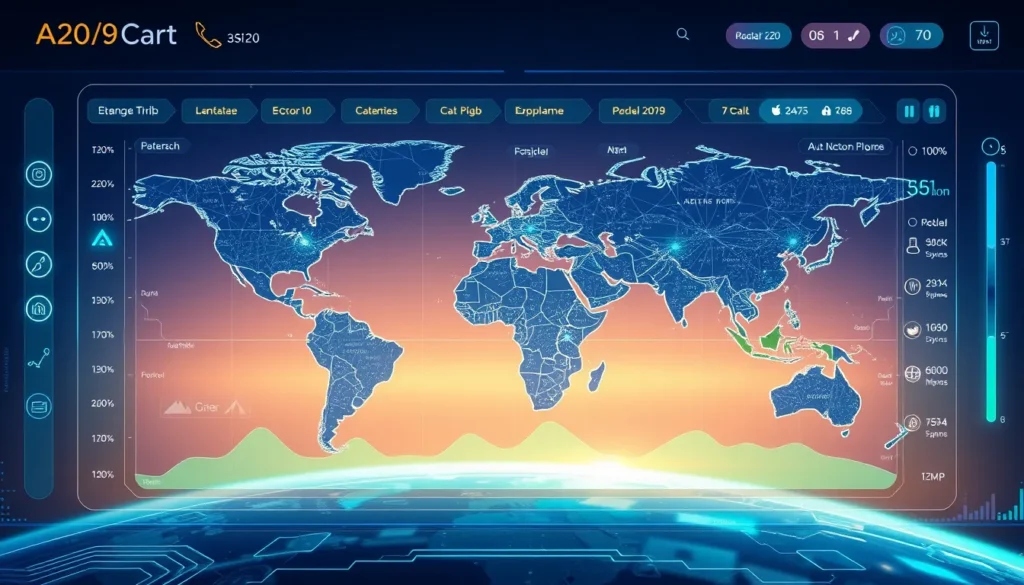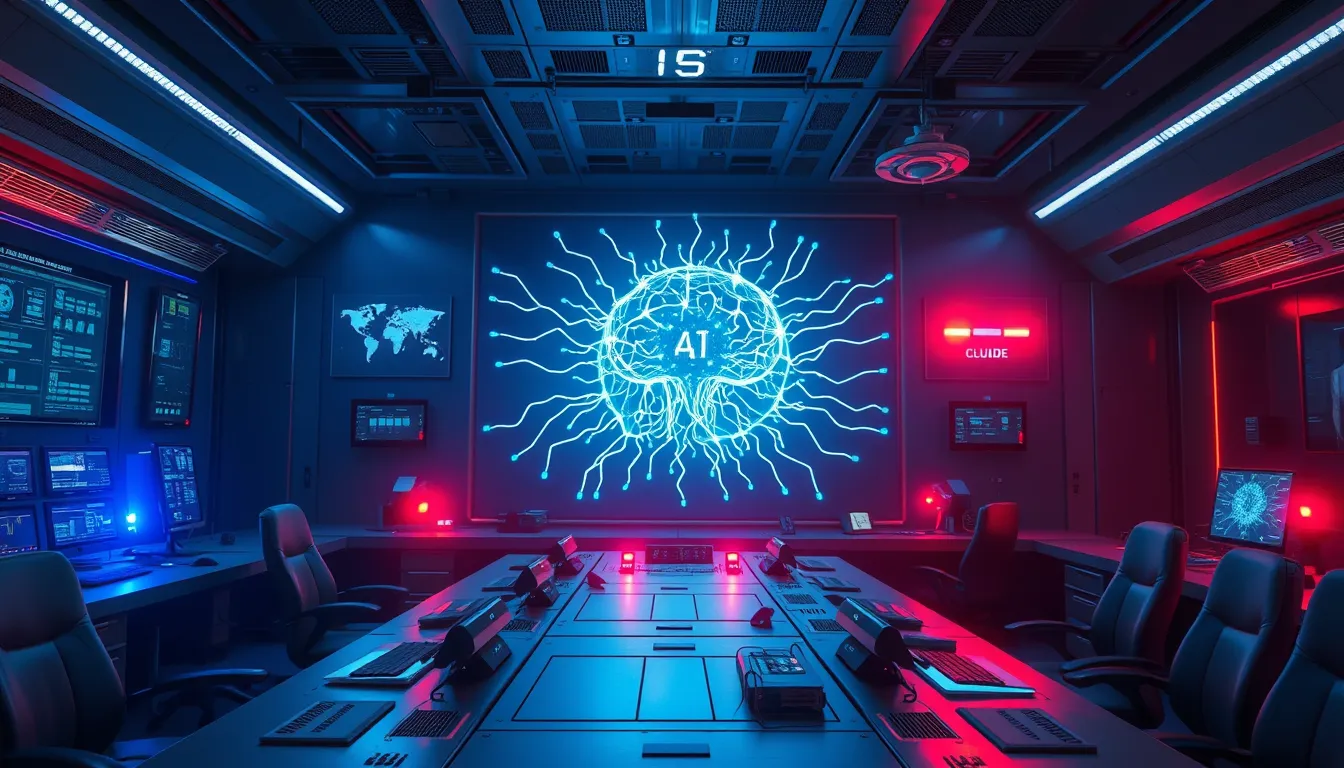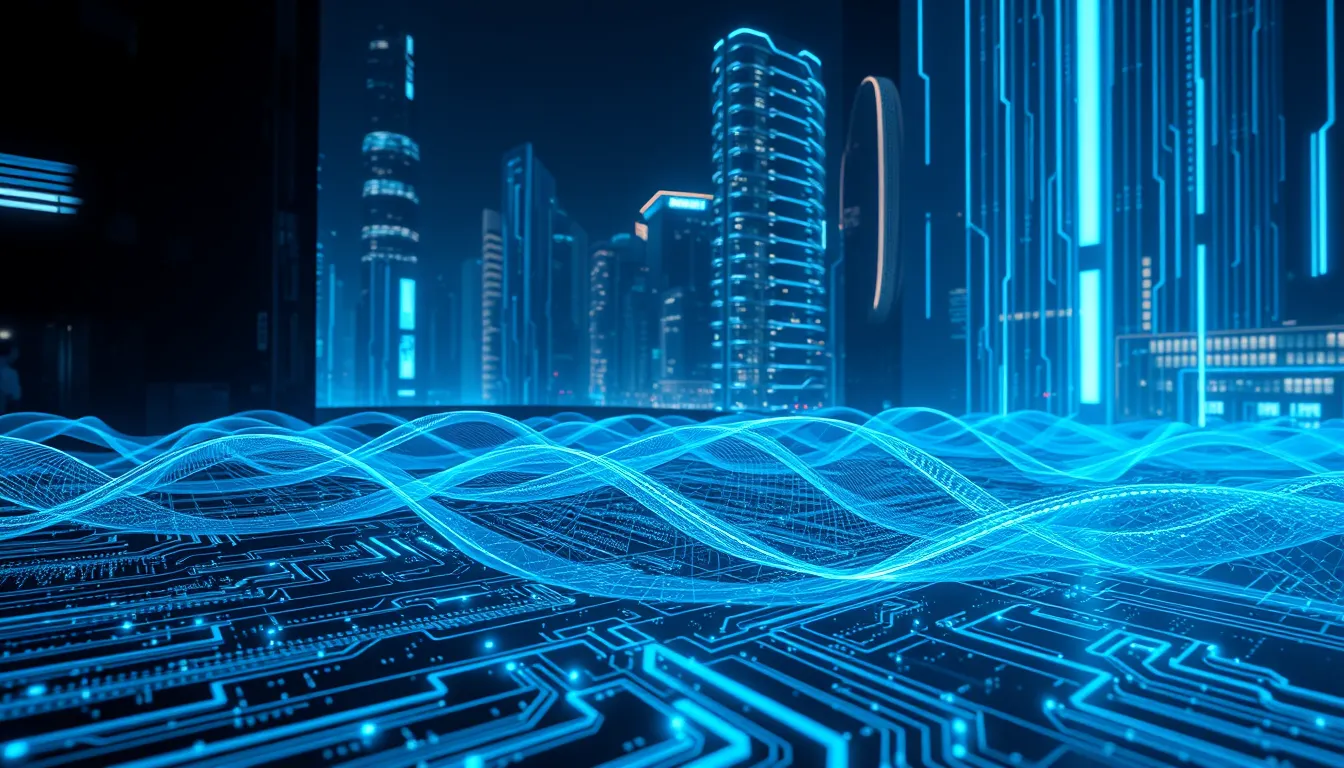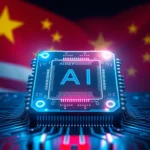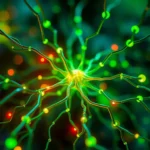Now Reading: Harnessing Physics in AI: Revolutionizing Deep Learning
-
01
Harnessing Physics in AI: Revolutionizing Deep Learning
Harnessing Physics in AI: Revolutionizing Deep Learning
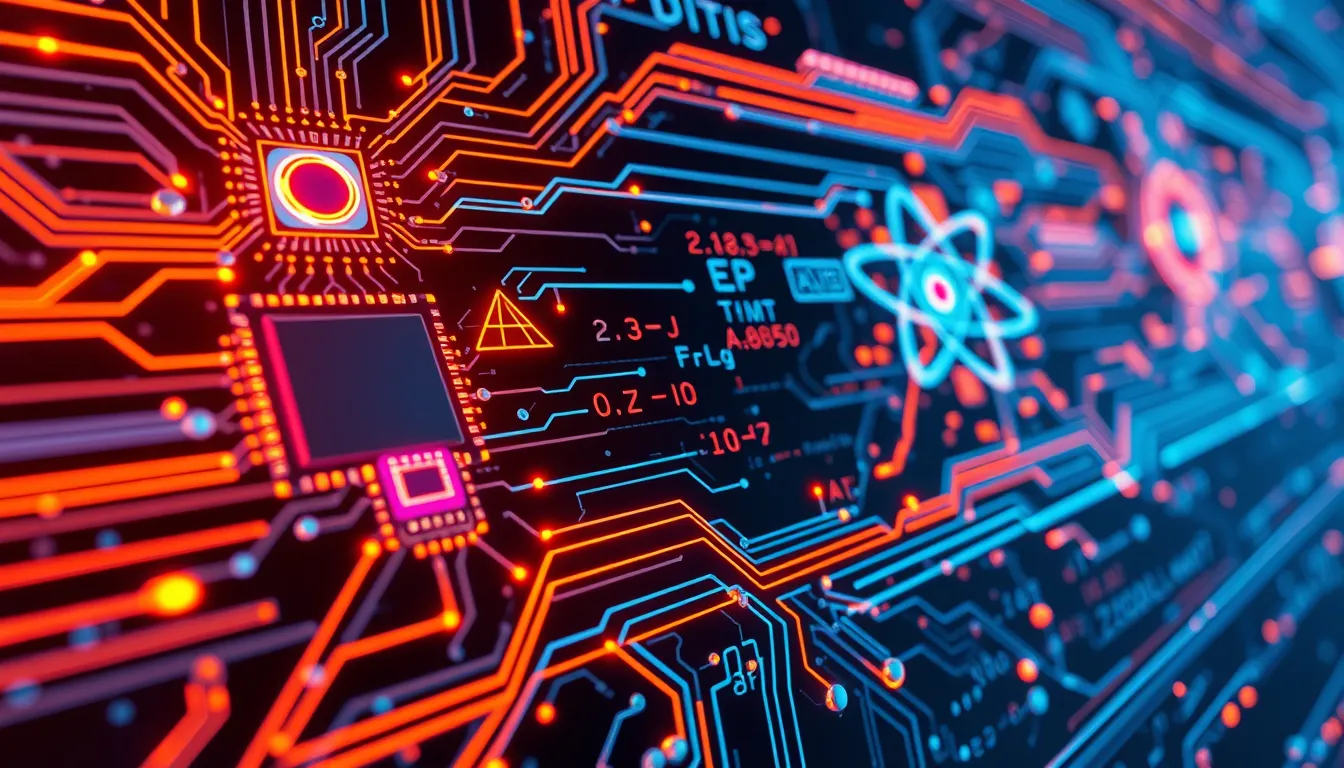
Harnessing Physics in AI: Revolutionizing Deep Learning
The integration of fundamental physics principles into artificial intelligence, commonly known as physics in AI, is reshaping the landscape of deep learning. Researchers are bridging the gap between the laws of nature and modern computational systems, paving the way for innovations that enhance neural network training and algorithm performance.
The Convergence of Physical Laws and Deep Learning
Traditionally, deep learning models rely on massive datasets and prolonged training cycles. However, by incorporating key physical laws, we can dramatically reduce the computational overhead. Central to this integration is the idea that, much like a physical system, an AI model can be optimized to achieve minimal energy states. Techniques such as energy minimization techniques in deep learning and dynamic equilibrium in machine learning optimization are becoming increasingly relevant. These approaches allow models to converge faster, much like how natural systems move towards states of lower energy.
Researchers are now experimenting with using thermodynamics principles in AI algorithms. These methods draw inspiration from energy dissipation and entropy reduction, which are inherent in physical systems. By mimicking these natural processes, engineers can develop algorithms that not only train faster but also yield more accurate predictions. This cross-disciplinary approach signifies a paradigm shift, uniting deep learning physics with established scientific laws.
Advanced Computational Techniques Fueling AI Physics Integration
One of the most intriguing aspects of modern AI research is the exploration of quantum computing for AI. Quantum computing brings unique phenomena—such as superposition and entanglement—that could revolutionize computational speed. By integrating these quantum insights, scientists aim to develop systems where classical computational methods and quantum mechanics coexist. This nascent field of AI physics integration holds promise for tasks that require real-time analytics and adaptive learning in uncertain environments.
Bullet Points – Key Benefits of Integrating Physics in AI:
- Accelerated neural network training through physical simulations
- Reduced energy consumption by mimicking energy minimization
- Enhanced adaptability using principles from thermodynamics
- Exploitation of quantum phenomena to process complex computations
Bridging Theory and Practice: Physical Simulations in Neural Networks
Much of the current research focuses on developing hybrid models that utilize physical simulations to accelerate neural network training. These models incorporate physical laws into traditional deep learning frameworks, offering a balanced blend of predictive power and computational efficiency. By leveraging dynamic equilibrium in machine learning optimization, these models adjust their parameters in real-time, much like natural systems adapting to environmental changes.
For instance, integrating dynamical systems theory in neural networks provides a mathematical blueprint for understanding the evolution of learning algorithms. Equations used to predict weather patterns or the movement of planets are now being adapted to track neural network performance. This interdisciplinary strategy not only makes algorithms more robust but also drives innovation in areas where classical computing methods have reached their limits.
The Role of Quantum Computing for AI
Quantum computing for AI is a rapidly advancing field that has gained significant attention due to its potential to handle complex computational tasks with ease. By simulating quantum phenomena, AI can process high volumes of data at unprecedented speeds. This evolution is expected to transform applications in autonomous driving, advanced robotics, and even natural language processing. Companies like IBM Quantum and Google Quantum AI are at the forefront, exploring how to practically merge quantum computing with modern AI techniques.
Furthermore, quantum-inspired algorithms are now being designed to better manage uncertainties in data, thus making AI systems not only faster but also more resilient. Such advancements affirm that the fusion of quantum mechanics with deep learning physics is more than a theoretical possibility—it is an imminent reality that will redefine computational intelligence.
Challenges and Future Directions
While the integration of physical principles into AI offers substantial benefits, it does not come without challenges. Translating complex physical laws into computational algorithms requires rigorous interdisciplinary collaboration. Misinterpretations or oversimplifications can lead to compromised model performance or unintended outcomes.
However, continuous research and development are addressing these challenges. The experimentation in physical simulations and energy minimization strategies is ongoing, promising to refine these models for real-world applications. As research progresses, new strategies for harnessing physics in AI are emerging, which will likely set new standards for efficiency and accuracy in machine learning.
Conclusion
In summary, the exploration of physics in AI signifies a transformative era for deep learning and computational modeling. By integrating principles such as energy minimization, thermodynamics, and even quantum computing, researchers are uncovering innovative methods to accelerate neural network training and optimize algorithm performance. This interdisciplinary convergence not only bolsters the current capabilities of AI but also heralds a future where technology operates in harmony with the fundamental laws of nature.
As the field of deep learning physics evolves, we can expect a ripple effect across various industries—from healthcare to autonomous vehicles—where intelligent systems perform faster, learn more efficiently, and adapt more fluidly. By continuing to explore and integrate physical sciences, the next generation of AI will surely harness the power of nature to solve some of the most complex challenges of our time.
For further reading on these advancements and to explore related research, please visit reputable sources such as the IEEE Xplore Digital Library or the Nature Journal.




